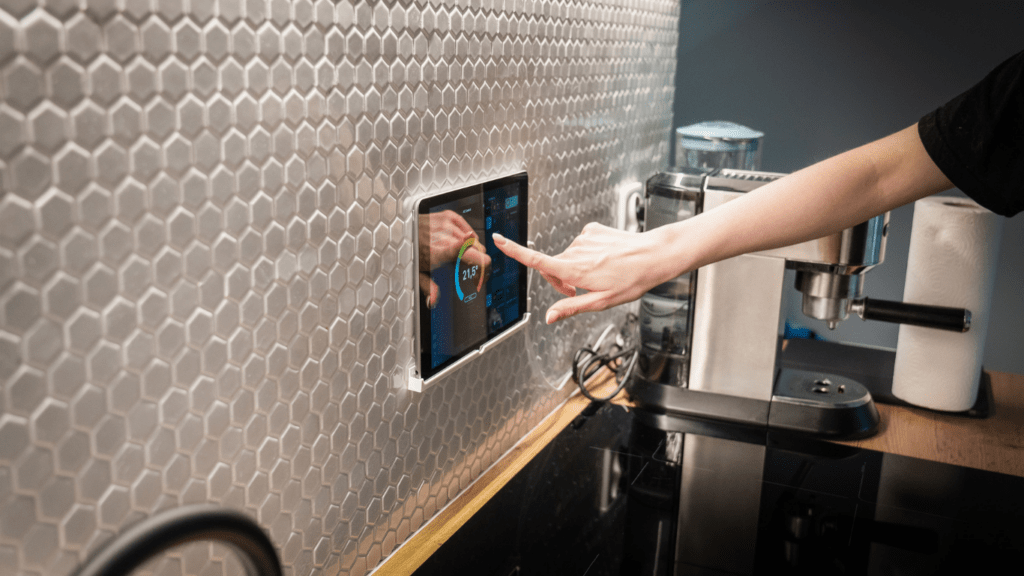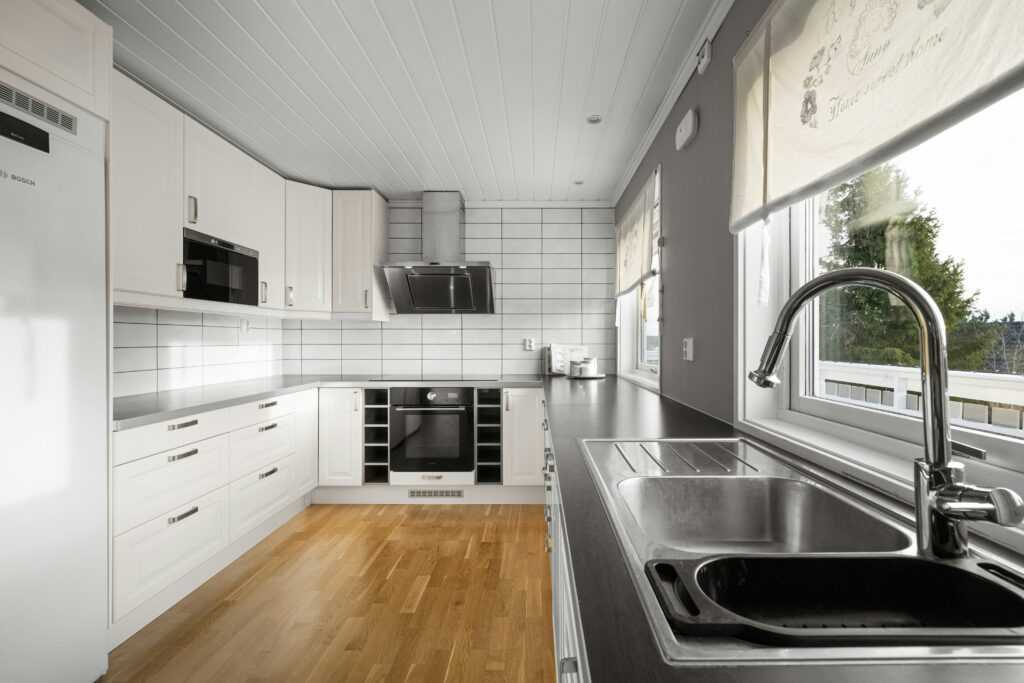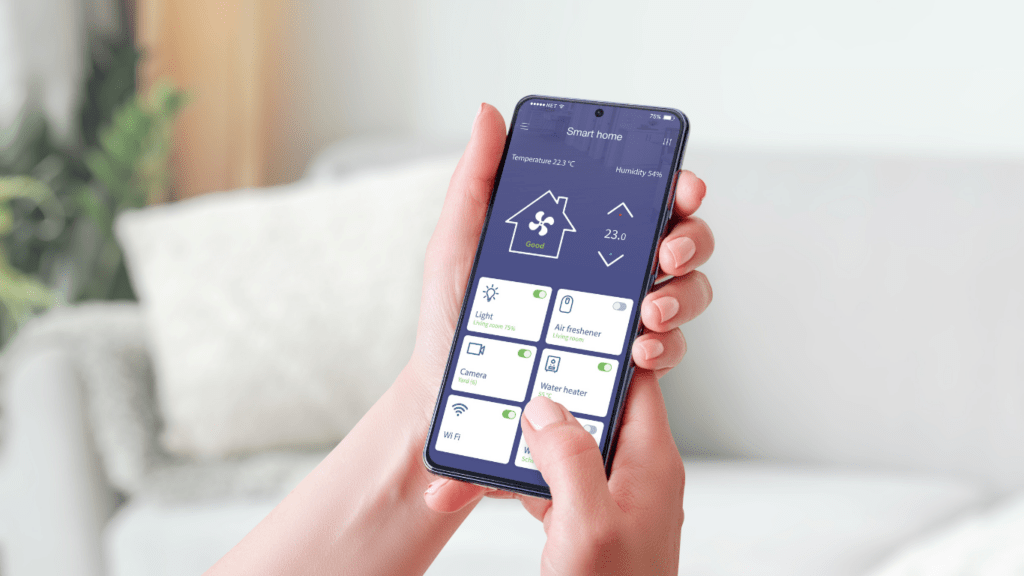As someone who’s always looking for ways to make life more convenient, I’ve delved into the realm of voice control in smart homes. It’s fascinating how a simple command can turn on lights, adjust the thermostat, or even brew your morning coffee. In this article, I’ll share insights on what you need to know about this cutting-edge technology.
Voice control isn’t just a futuristic concept anymore; it’s a reality that’s transforming how we interact with our living spaces. From enhancing accessibility for individuals with disabilities to streamlining daily tasks for busy professionals, the applications of voice control in smart homes are endless. Join me as I explore the benefits, challenges, and the latest advancements in this exciting field.
Overview of Voice Control in Smart Homes
Exploring the landscape of voice control in modern smart homes, the integration of this technology has shifted from a futuristic notion to a practical and widespread implementation. This evolution has revolutionized the way individuals interact with their home environment.
Discussing the applications of voice control, it’s essential to note its role in enhancing accessibility for people with disabilities. Furthermore, it simplifies the daily routines of busy professionals, offering convenience and efficiency in managing household tasks.
In the upcoming sections, I’ll delve into the benefits, challenges, and recent advancements within the realm of voice-controlled smart home systems. Stay tuned for a comprehensive exploration of this cutting-edge technology.
Benefits of Voice Control Technology
Exploring the benefits of voice control technology in smart homes reveals a myriad of advantages that enhance convenience, efficiency, and overall user experience. Here are some key advantages:
- Streamlined Home Automation: With voice commands, you can effortlessly control various devices and systems in your smart home, such as lighting, thermostats, and security cameras. This streamlined automation simplifies daily tasks and enhances comfort.
- Hands-Free Operation: Voice control eliminates the need to physically interact with devices, allowing for hands-free operation. Whether you’re cooking, relaxing on the couch, or busy with other activities, you can easily adjust settings and access information using voice commands.
- Enhanced Accessibility: Voice control technology greatly benefits individuals with disabilities by offering a more accessible way to interact with and control smart home devices. This inclusivity ensures that everyone can enjoy the convenience and functionality of a smart home environment.
- Personalized Experience: Voice assistants in smart homes, such as Alexa and Google Assistant, learn your preferences over time, providing a personalized experience tailored to your needs. From setting reminders to playing your favorite music, voice control technology adapts to your lifestyle.
- Increased Efficiency: Voice commands allow for quick and efficient execution of tasks, reducing the time and effort required to perform various actions within your smart home. This increased efficiency not only saves time but also enhances productivity in your daily routines.
Integration of Voice Control in Smart Home Devices
Voice control technology has seamlessly integrated into various smart home devices, enhancing the overall functionality and user experience in smart home environments. Let’s explore how different devices incorporate voice control to provide convenience and efficiency.
Voice Assistants in Smart Homes
I find voice assistants to be a ubiquitous feature in modern smart homes, allowing users to control multiple devices and access information through voice commands. These assistants, such as Amazon Alexa, Google Assistant, and Apple’s Siri, serve as the central hub for managing smart devices, setting reminders, playing music, and even providing weather updates. Their versatility and compatibility with a wide range of smart home products make them indispensable for voice control integration.
Voice-Activated Security Systems
Security systems equipped with voice activation offer an added layer of convenience and safety in smart homes. By using voice commands, homeowners can arm or disarm their security systems, check camera feeds, or receive alerts about any suspicious activity. Integrating voice control into security systems not only simplifies their operation but also enhances the overall security measures within the smart home environment.
Voice-Controlled Lighting and Appliances
One of the most convenient applications of voice control is in managing lighting and household appliances. With voice-activated commands, users can adjust lighting settings, turn appliances on or off, and even set specific routines for increased energy efficiency. Voice-controlled lighting systems, like Philips Hue or Lutron Caseta, offer customization options that allow users to create the desired ambiance with simple voice prompts.
Incorporating voice control into smart home devices not only modernizes the living space but also offers unparalleled convenience and efficiency in managing everyday tasks. Whether it’s controlling security systems, adjusting lighting, or interacting with voice assistants, the seamless integration of voice control technology enhances the overall smart home experience.
Considerations for Implementing Voice Control in Smart Homes

When implementing voice control in smart homes, several key considerations need to be taken into account to ensure a seamless integration and optimal user experience. From device compatibility to privacy concerns, here are essential factors to consider when incorporating voice control technology into your smart home setup:
- Compatibility: Ensure that the voice control devices you choose are compatible with your existing smart home ecosystem. Check for interoperability with different brands and devices to avoid compatibility issues.
- Privacy and Security: Prioritize privacy and security when using voice control in your smart home. Familiarize yourself with the data collection practices of voice assistants and opt for strict privacy settings to safeguard your personal information.
- Voice Recognition Accuracy: Evaluate the voice recognition accuracy of the devices you plan to use. Opt for products with advanced voice recognition technology to minimize errors and ensure smooth operation.
- Network Reliability: Maintain a reliable internet connection to support voice control functions effectively. A stable network is essential for seamless communication between devices and voice assistants.
- Customization Options: Look for voice control systems that offer customization options to tailor the experience to your preferences. Personalizing voice commands and settings can enhance usability and efficiency.
- Integration with Smart Home Devices: Choose voice control platforms that support a wide range of smart home devices. Ensure compatibility with various devices such as smart thermostats, locks, cameras, and entertainment systems for comprehensive home automation.
- User-Friendliness: Select user-friendly voice control interfaces that are easy to set up and operate. Intuitive voice commands and clear feedback mechanisms contribute to a positive user experience.
By considering these factors, you can effectively implement voice control technology in your smart home environment, maximizing convenience and efficiency in managing daily tasks and enhancing your overall living experience.
Future Trends in Voice Control Technology
Exploring the future trends in voice control technology is essential to stay abreast of the latest advancements shaping smart homes. Voice control is continuously evolving, and keeping pace with upcoming trends is crucial for maximizing the potential of smart home environments.
- Enhanced Personalization: Personalization will be a key focus in future voice control technology, allowing users to tailor their smart home experience to their preferences seamlessly. Customized voice commands and individualized settings will enhance user interaction and overall satisfaction.
- Integration with Emerging Technologies: Voice control technology is expected to integrate with emerging technologies like artificial intelligence (AI) and the Internet of Things (IoT) to create more intelligent and interconnected smart home ecosystems. This integration will enable devices to communicate effectively with each other, enhancing automation and efficiency.
- Increased Device Compatibility: Future voice control systems will prioritize increased device compatibility, ensuring seamless integration with a wide range of smart home devices from different manufacturers. This expanded compatibility will offer users more options for creating a comprehensive smart home setup.
- Enhanced Security Features:
- Security will remain a top priority in voice control technology. Future trends indicate the implementation of advanced security features such as biometric voice recognition and multi-factor authentication to ensure secure and reliable interactions with smart home devices.
- Contextual Understanding: Advancements in voice control technology will lead to improved contextual understanding, allowing smart devices to interpret commands more accurately based on the surrounding context. This will enhance the overall user experience by reducing errors and increasing responsiveness.
- Voice Assistant Evolution: Voice assistants will continue to evolve, becoming more intuitive and capable of performing a wider range of tasks to meet user needs efficiently. The future of voice control technology will witness voice assistants evolving into comprehensive virtual assistants that can handle various aspects of daily life seamlessly.
Keeping an eye on these future trends in voice control technology will empower users to make informed decisions when integrating voice control systems into their smart homes, ensuring a seamless and personalized smart living experience.



